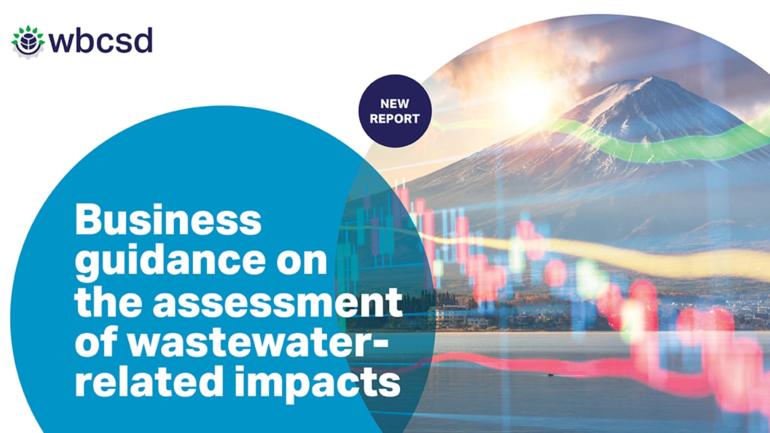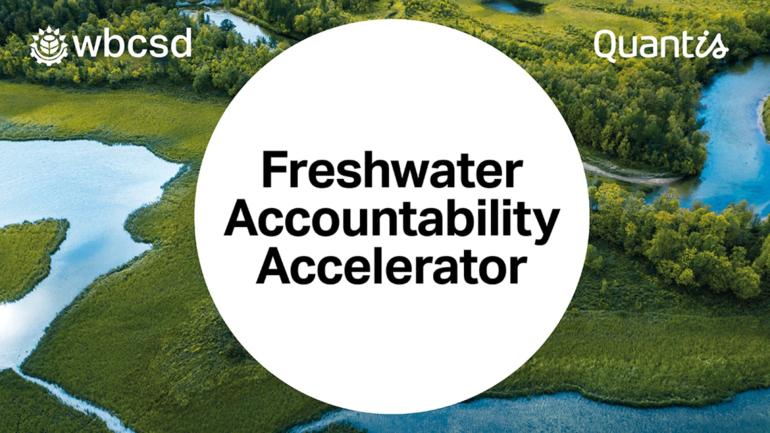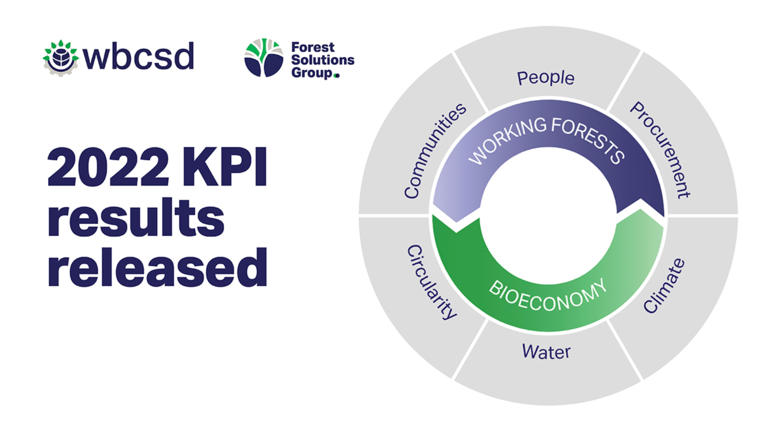Geneva/New Delhi 9 February 2021: The World Business Council for Sustainable Development and the Beverage Industry Environmental Roundtable (BIER) have developed a Water Circularity Metric (WCM) to help companies transition towards a more circular water management in their operations.
The Excel-based WCM tool as well as the associated Water Circularity Metric: Tool application and guidance note presents a pragmatic approach for businesses to adopt a common metric for water circularity. The WCM tool provides three indicators which are also included in the latest version of WBCSD’s Circular Transition Indicators (CTI) framework, a universal and transparent framework to measure circularity and is a simple, objective and quantitative framework that can be applied to businesses of all industries, sizes, value chain positions and geographies .
The WCM tool and framework will help companies capture specific data to assess their site-level circularity by mapping water in the context of the location’s water characteristics and calculate water circularity. The guidance note provides step-by-step instructions on how to use the tool as well details on the different indicators.
The WCM provides guidance on measuring the circularity of a facility’s sourcing, use and discharge, with calculations to measure progress in lowering freshwater demand and ensuring availability for all users and the environment. It takes into consideration that circularity is achieved in the context of local watershed and gives due importance to site’s quantitative as well as qualitative water flows.
Linear business model exposes companies to legal, operational and reputational risk. There is a strong business case for companies to adopt circular practices in how they use resources, which can help companies accelerate growth, mitigate risk and enhance business resilience. The WCM along with WBCSD’s CTI framework gives companies a common language to use both for internal decision-making and for communicating with external key stakeholders.
“For the latest version of the Circular Transition Indicators, we are delighted to have supported the development and testing of water circularity metrics. Through these metrics, for the first time, we now have an established, coherent set of indicators that go beyond measuring water circularity for internal processes and extends to the local watershed context. With this guidance and tool, we aim to support informed decision making for business that ensures water circularity can contribute to water stewardship and sustainability goals,” said Tom Williams, Director for Water at WBCSD.
The development and piloting of this metric has been a collaborative effort between BIER and WBCSD’s Global Water Solutions project and Factor 10 Circular Metrics Working Group. Together, they have engaged a group of companies to conceptualize and test the metric.
“Our members have been leaders in advancing corporate water stewardship and security and this piece of work represents a missing piece and the culmination of our work on context-based decision making, performance in watershed context, and pursuing localized water security. Collaborating with WBCSD brought multi-industry perspectives and the ability to leverage their related circular indicators platform as a solid foundation for this effort,” said Nick Martin, Executive Director, BIER.
Over the coming year, WBCSD and BIER will continue to work with member companies on applying the metric and produce sector guidance in the form of case studies.
Download the WCM tool and guidance note (Available in English and Spanish)








